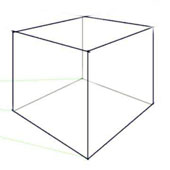Shadows help make your sketches ‘pop-up’ from their backgrounds, and seem more real. It is important to understand light in order to understand shadows. It is best to begin with shadows of objects with single light sources.
The simplest way to trace a shadow is to draw straight lines starting from the assumed source of light/lights to the edges or corner most points of your product, extending it beyond to fall onto the surface or ground on which the product is kept. In case of complex objects, shadows may be cast onto the same product surface and follow the profile of the surface. Thus, shadows also enhance the overall sketch giving more information of the surface it falls on, be it the ground, or on itself.

Fig. 17: Observe how the shadows have been traced from the end points of the cube and cylinder in these cases.
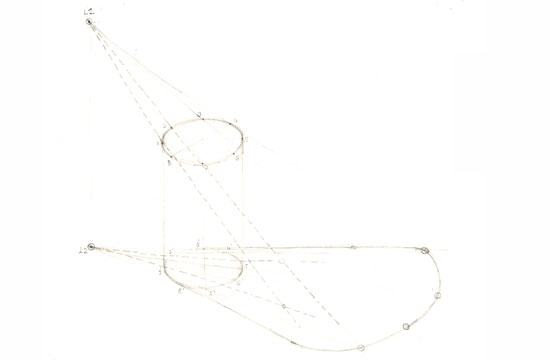
Fig. 18: Observe how the shadows have been traced from the end points of the cube and cylinder in these cases.
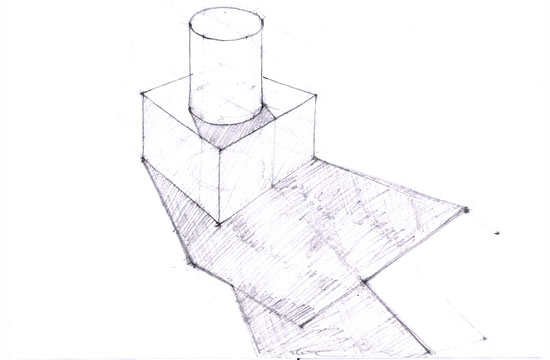
Fig. 19: Observe how the shadows have been traced from the end points of the cube and cylinder in these cases.
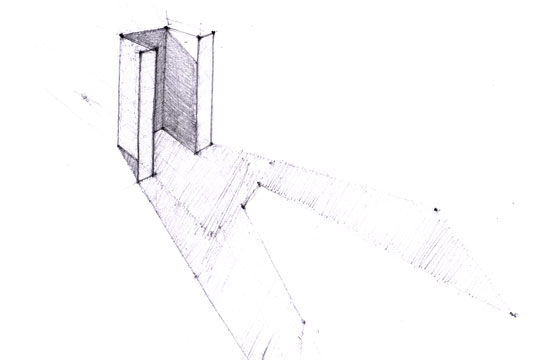
Fig. 20: Observe how the shadows have been traced from the end points of the cube and cylinder in these cases.
Note:
You could also try the same method for more than one source of light.

Fig. 21: Note the shadow trace for this pyramid and cylinder.
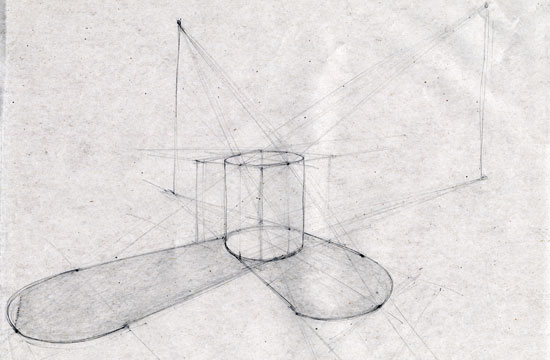
Fig. 22: Note the shadow trace for this pyramid and cylinder.
Exercise 7:
Tracing Shadows
• Assume a light source above eye-level and draw the shadow of a cube, taking references from aforementioned examples.
